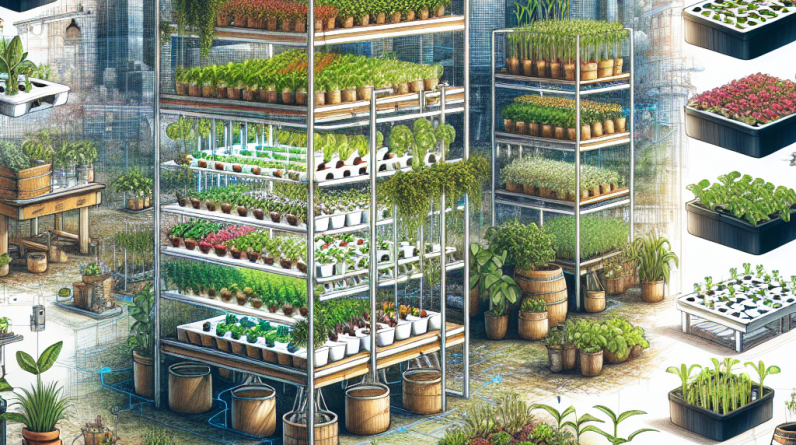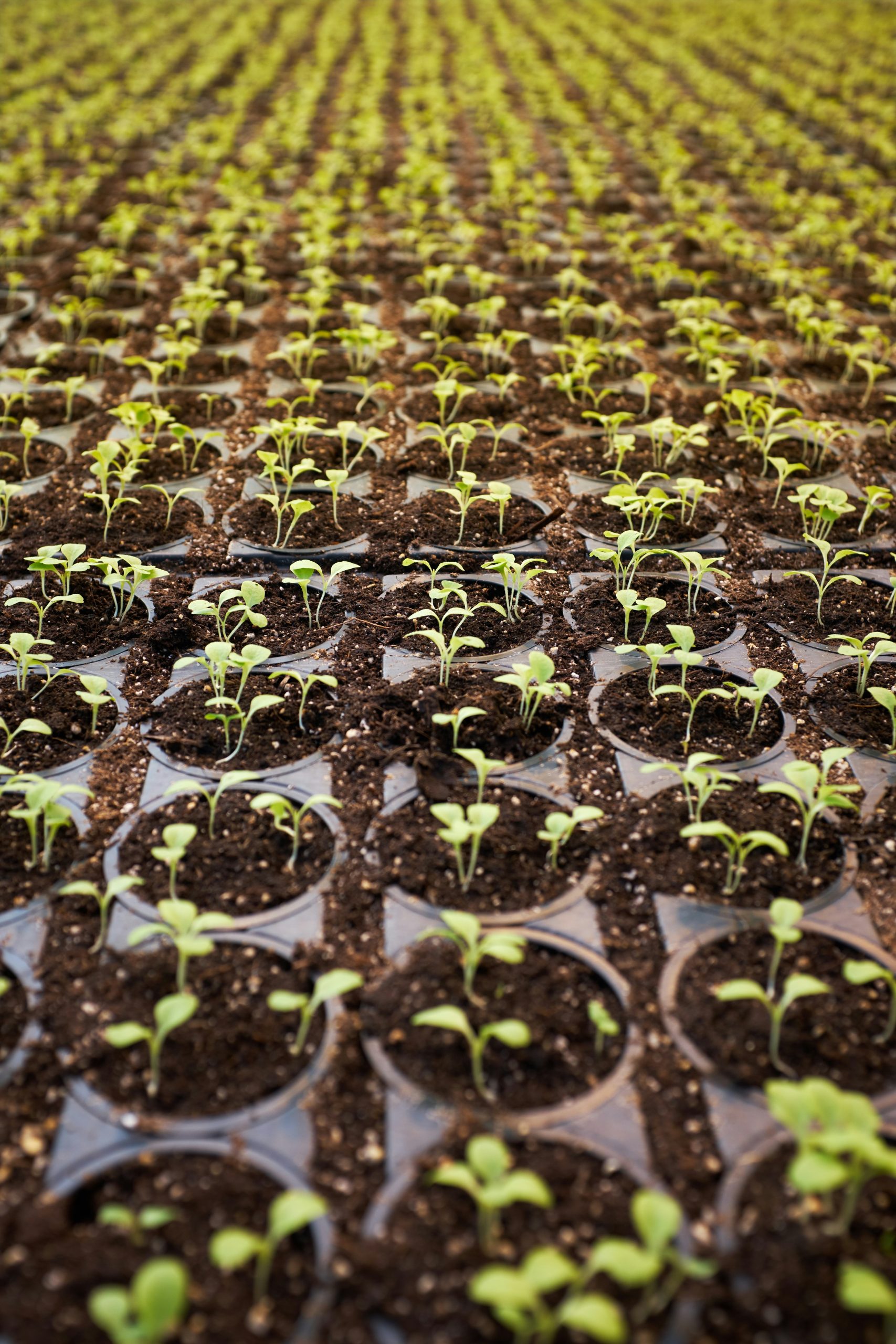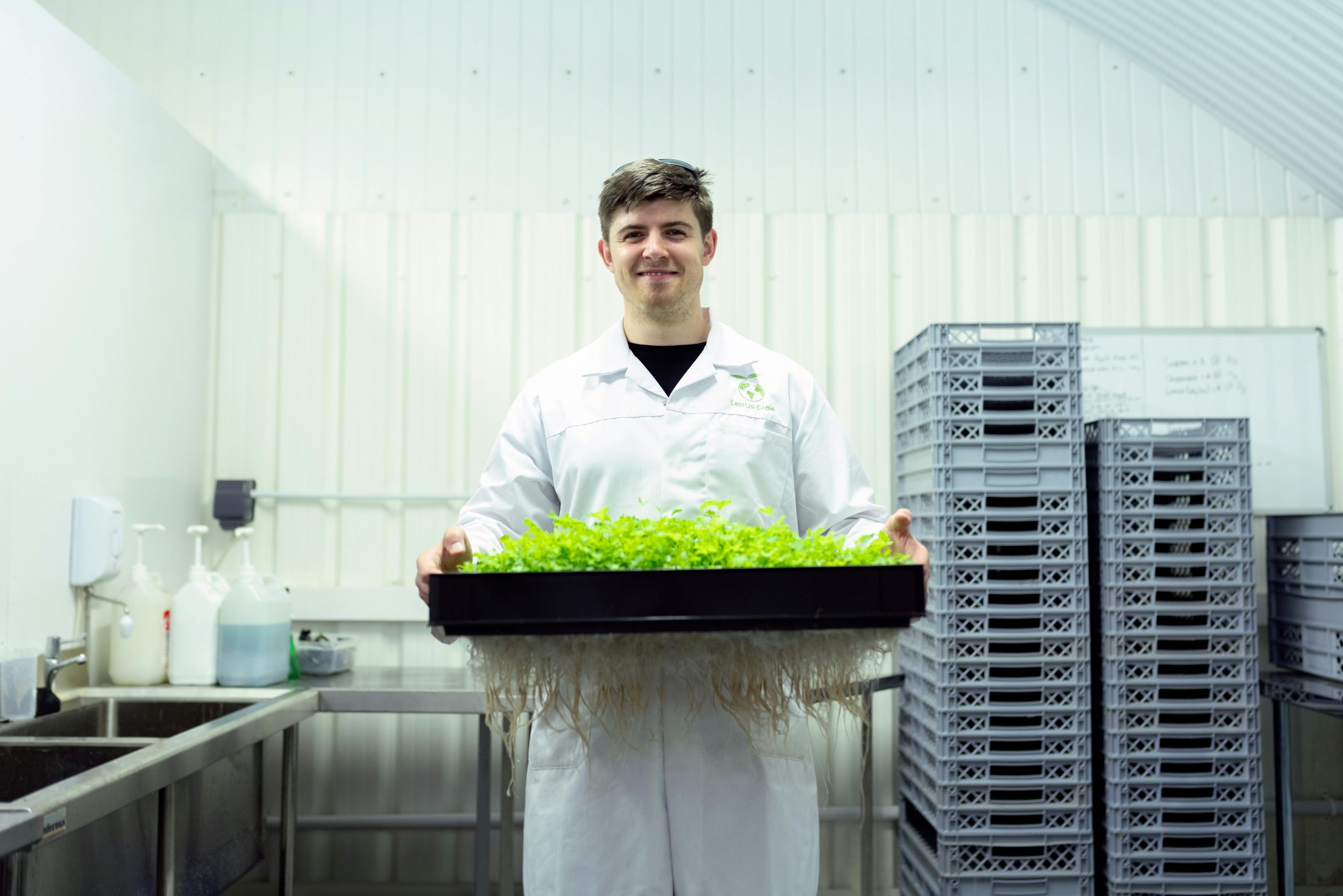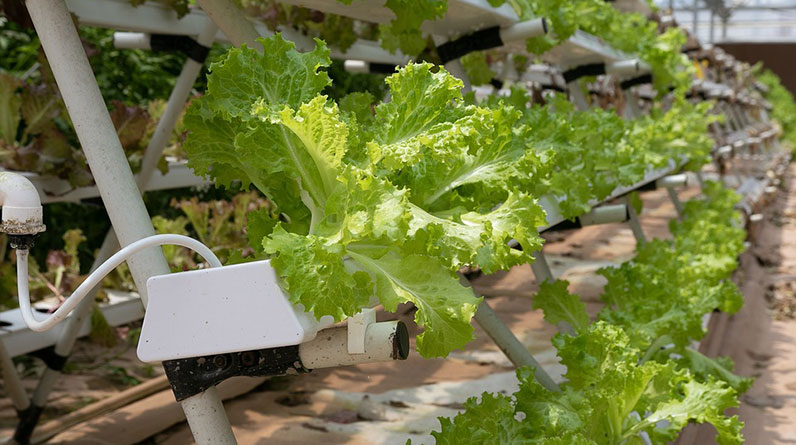
- 1. Understanding Hydroponic Nutrient Solution Basics
- 2. Choosing the Right Nutrient Mix for Your Crops
- 3. Maintaining pH and Electrical Conductivity (EC)
- 4. Monitoring and Adjusting Nutrient Concentrations
- 5. Ensuring Proper Nutrient Uptake and Absorption
- 6. Filtration and Recirculation Systems
- 7. Staying Updated with Emerging Trends in Hydroponic Nutrient Solutions
1. Understanding Hydroponic Nutrient Solution Basics
What Is a Hydroponic Nutrient Solution?
A hydroponic nutrient solution is a carefully formulated mixture of essential macro- and micronutrients dissolved in water to nourish plants without soil. In 2025, this solution has become the cornerstone of soilless farming, enabling faster growth and higher yields compared to traditional soil cultivation.
This solution provides vital nutrients like nitrogen, phosphorus, potassium, calcium, magnesium, and micronutrients such as iron, manganese, and zinc. These elements are crucial for processes like photosynthesis, cell division, and overall plant health.
Many growers prefer to make their own nutrient solutions or purchase pre-mixed formulas, depending on their specific crops and system setup. Understanding the basics ensures your hydroponic systems operate efficiently and produce optimal results.
Why It’s Critical to Get the Nutrient Solution Right
In 2025, research shows that the right hydroponic nutrient solution can significantly increase crop yieldsâsometimes by up to 30-50%âcompared to less precise methods. Proper nutrition results in healthier plants that resist pests and diseases better.
Furthermore, an imbalance or incorrect formulation can lead to deficiencies or toxicities, negatively impacting growth and quality. For example, lacking iron can cause chlorosis, while excess nitrogen might promote overly vegetative growth at the expense of fruiting.
Investing time into understanding and fine-tuning your hydroponic nutrient solution pays off with more consistent harvests and improved profitability. Itâs a vital aspect of sustainable and efficient hydroponic farming.
2. Choosing the Right Nutrient Mix for Your Crops
Understanding Crop-Specific Nutritional Needs
Different plants have unique nutritional requirements, especially in hydroponic systems. Leafy greens like lettuce need higher nitrogen levels, while fruiting plants such as tomatoes require more potassium and phosphorus for flowering and fruit development.
In 2025, crop-specific nutrient formulations are increasingly available, allowing growers to select tailored solutions. For example, hydroponic strawberry growers often adjust their nutrient mix to optimize fruit flavor and size.
It’s essential to research your crop’s specific needs or consult with experts to choose or formulate the perfect hydroponic nutrient solution. Proper balance ensures healthy growth and maximum yield potential.
Pre-Mixed vs. Custom Formulations
Pre-mixed hydroponic nutrient solutions are convenient and time-saving but may not suit all crop varieties or system conditions. Custom formulations allow you to tweak nutrient ratios based on plant response and water quality.
Many advanced growers use online tools or software to develop custom mixes. This flexibility enables precise control over the nutrient balance, leading to healthier plants and better quality produce.
In 2025, the trend is towards personalized solutionsâcombining ease of use with the ability to adapt quickly to plant and environmental needs.
3. Maintaining pH and Electrical Conductivity (EC)
The Importance of pH Control
Maintaining proper pH levels in your hydroponic nutrient solution is crucial because it affects nutrient availability. Most plants thrive in a pH range of 5.5 to 6.5, depending on the species.
In 2025, automated pH monitoring systems have become standard for managing donor nutrients. These systems help maintain stability and prevent deficiencies caused by pH fluctuations.
Regularly testing and adjusting the pH ensures that nutrients remain accessible to plants, promoting healthy growth and preventing issues like nutrient lockout.
Electrical Conductivity (EC) Monitoring
EC measures the concentration of nutrients in your hydroponic nutrient solution. In 2025, smart EC meters provide real-time data, enabling optimal feeding regimes.
Controlling EC is vital because over-concentration can lead to salt build-up, damaging roots, while too-low EC can result in nutrient deficiencies. A typical EC range varies depending on the crop, but most plants prefer 1.5â3.0 mS/cm.
Consistent monitoring and adjustments keep plants in their preferred nutrient uptake window, translating into healthier growth and better yields.
4. Monitoring and Adjusting Nutrient Concentrations
Using Sensors and Data Analytics
In 2025, integrated sensor systems allow for continuous monitoring of nutrient concentrations in your hydroponic systems. These tools detect changes in nutrient levels and alert growers when adjustments are needed.
Real-time data analytics help prevent deficiencies or toxicities by providing actionable insights, ensuring your plants always receive optimal nutrition.
Incorporating technology reduces manual testing time and enhances precision, leading to more consistent crop quality.
Adjusting Nutrients for Growth Stages
Plants require different nutrients during various growth stagesâvegetative, flowering, and fruiting. Adjusting the hydroponic nutrient solution accordingly is key to maximizing performance.
For example, increasing phosphorus during flowering enhances flower and fruit development, while boosting nitrogen during vegetative growth promotes lush foliage.
In 2025, many growers use dynamic nutrient management plans that adapt in real-time, ensuring plants get exactly what they need at each stage.
5. Ensuring Proper Nutrient Uptake and Absorption
Role of Microorganisms in Hydroponic Systems
Though microorganisms traditionally play a big role in soil, emerging research in 2025 shows beneficial microbes can also enhance nutrient uptake in hydroponic systems. They help break down nutrients and make them more accessible.
Adding probiotic solutions or beneficial bacteria can improve nutrient absorption efficiency, leading to healthier roots and faster growth.
Monitoring microbial populations and maintaining a balanced environment is essentialâoveruse of chemicals can disrupt these beneficial relationships.
Optimizing Root Health for Nutrient Efficiency
Healthy roots are vital for absorbing nutrients from the hydroponic nutrient solution. Proper aeration and oxygenation in the water promote root vitality.
In 2025, aeration systems and oxygen-rich nutrient solutions are standard practice for ensuring roots remain healthy and capable of nutrient uptake.
Regularly inspecting roots and maintaining optimal oxygen levels prevents root rot and improves overall nutrient efficiency, translating into stronger, more productive plants.
6. Filtration and Recirculation Systems
Keeping Your Hydroponic Nutrient Solution Clean
Filtration is crucial to prevent buildup of debris, pathogens, and excess salts that can hinder nutrient availability. Effective filters help maintain solution clarity and health.
In 2025, advanced filtration technologies like UV sterilizers and biological filters are frequently used to keep systems clean and disease-free.
Regular maintenance and timely replacement of filters ensure your hydroponic nutrient solution remains optimal and free of contamination.
Recirculating vs. Drain-to-Waste Systems
Recirculating systems reuse the nutrient solution, reducing water and nutrient wasteâan essential consideration for sustainability in 2025. However, they require precise management to prevent nutrient imbalances.
Drain-to-waste setups are simpler but less sustainable. They involve new nutrient solutions for each cycle, increasing costs but reducing pathogen risks.
Selecting the appropriate system depends on your scale, crop type, and environmental goals, but mastering nutrient recirculation hinges on understanding the hydroponic nutrient solution dynamics.
7. Staying Updated with Emerging Trends in Hydroponic Nutrient Solutions
Innovations and Research Highlights
2025 has seen tremendous advances in hydroponic nutrient solutions, including bio-fertilizers, organic blends, and nano-nutrient delivery systems. Staying informed about these innovations can give you a competitive edge.
Follow industry publications, attend conferences, and participate in online forums dedicated to hydroponic gardening to keep current with trends and best practices.
Research indicates that integrating sustainable solutions reduces environmental impact and enhances crop resilience.
Adapting to Climate and Water Quality Changes
Climate variability affects water availability and quality, impacting hydroponic nutrient solution formulation. In 2025, adaptive approaches like real-time water testing and customized nutrient mixes are essential.
Adjusting your hydroponic nutrient solution based on local water chemistry ensures consistent plant performance despite external conditions.
The key to success is flexibilityâbeing ready to modify formulations and system parameters in response to changing environmental factors.
Frequently Asked Questions
1. What is a hydroponic nutrient solution?
A hydroponic nutrient solution is a water-based mixture containing essential nutrients that support plant growth in soilless systems. It supplies all vital macro- and micronutrients necessary for healthy plant development.
2. How often should I adjust my hydroponic nutrient solution?
Regular monitoring is recommendedâideally daily or every few daysâespecially for pH and EC levels. Adjustments depend on crop growth stage, water quality, and system type, but consistent monitoring ensures optimal nutrition.
3. Can I make my own hydroponic nutrient solution?
Yes, many experienced growers prepare custom solutions tailored to their crops. However, pre-mixed solutions are convenient and reliable, especially for beginners. Itâs important to understand your plant’s specific needs and water chemistry.
4. Why is pH control important in hydroponics?
Maintaining proper pH ensures nutrients are available for plant uptake. pH fluctuations can cause deficiencies or toxicities, so regular testing and adjustment are vital for healthy growth.
5. How does a hydroponic nutrient solution differ from traditional soil fertilization?
While soil fertilization relies on the soilâs natural buffering and microbial activity, hydroponic nutrient solutions provide exact, dissolved nutrients directly to the roots, allowing faster and more controlled growth processes.
Conclusion
In 2025, mastering the art of creating and maintaining an effective hydroponic nutrient solution is essential for any serious grower. From understanding its fundamental role to implementing advanced monitoring and adjustment techniques, optimally managed solutions can dramatically enhance plant health, yield, and quality. Whether you’re just starting out or an experienced hydroponic gardener, paying close attention to your hydroponic nutrient solution will guarantee success in your soilless farming endeavors. Remember, continuous learning and adaptation are keyâstay updated on emerging trends and bring innovation into your practices for the best results this year and beyond.








